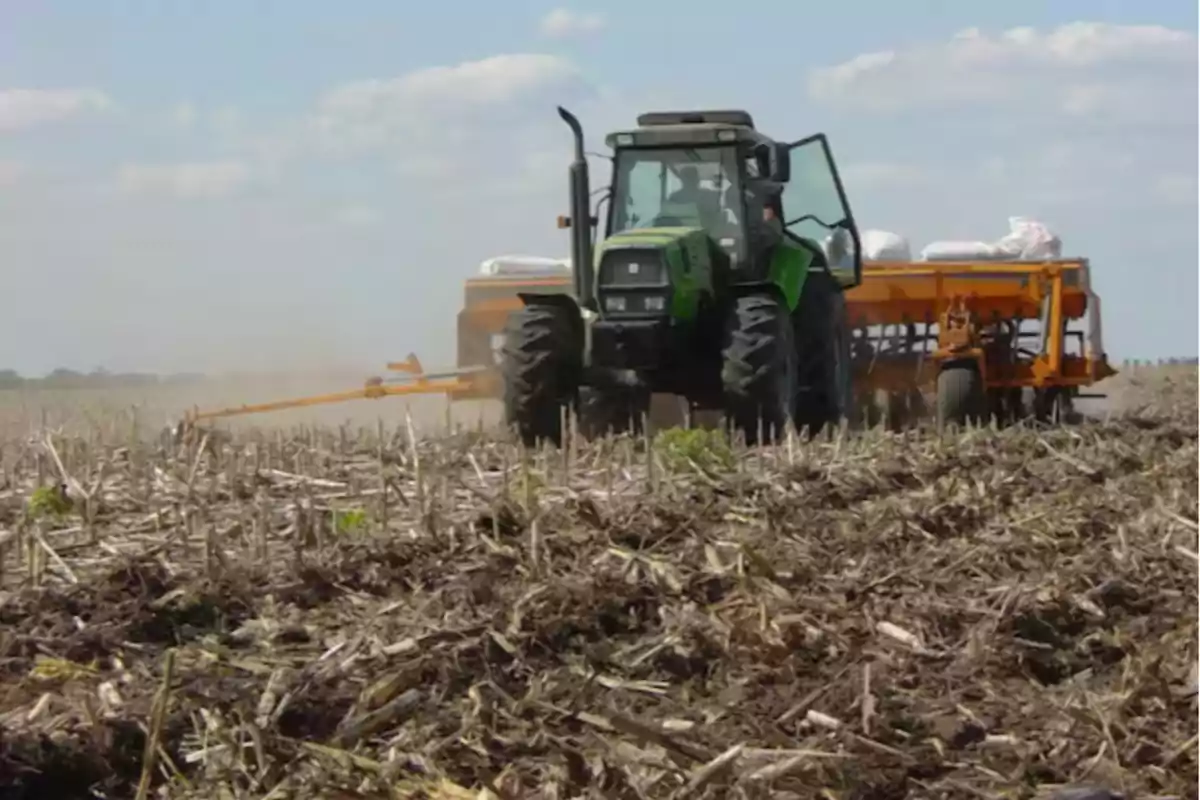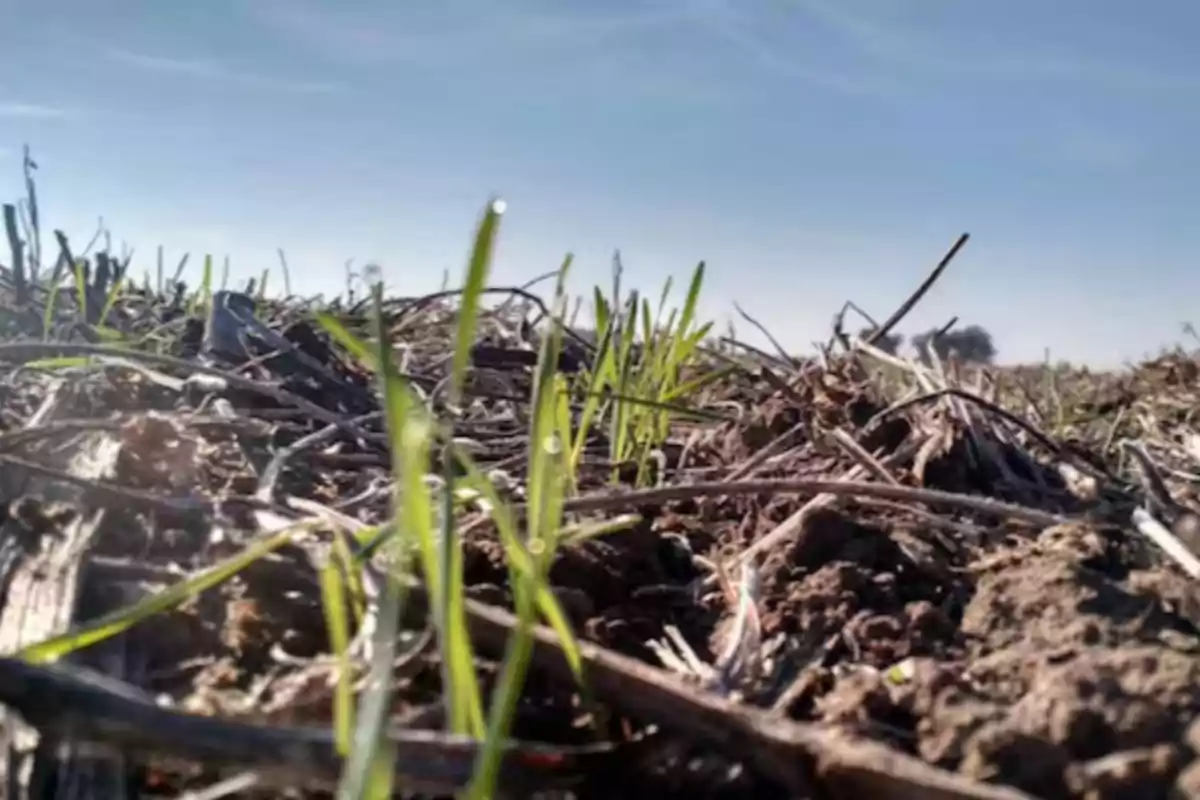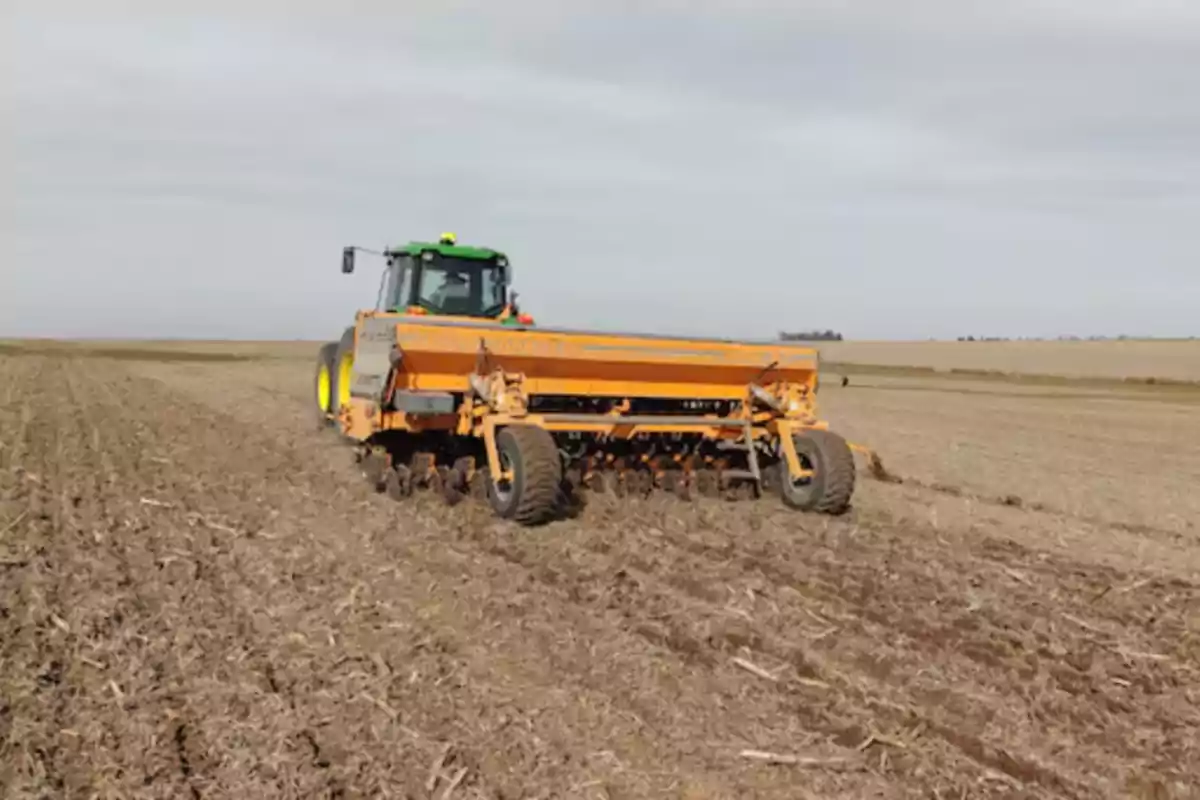
Río Cuarto: wheat is growing in the 25/26 season due to improved water conditions and good margins
With better moisture profiles and more competitive costs, producers expect to plant more than 100,000 hectares (247,105 acres)
Wheat is gaining ground this year in the Río Cuarto department, an area where it has historically not played a major role. The good water reserves accumulated during the summer and the July weather window encouraged many producers. The planted area is expected to grow by 30%, surpassing 100,000 hectares, according to Inta estimates.
The head of the Inta Extension Agency in Río Cuarto, Sebastián Muñoz, stated that "this season is very favorable for wheat." He said there were atypical rains for the time of year and good residual moisture. "Many producers who were not planning to plant in February or March ultimately decided to do so," he explained.
In the western area, Juan Ignacio Sposetti added fields and returned to wheat. "I had not grown wheat for years because I did not have enough land," he said. He indicated that the decision was influenced by the accumulated moisture and a rotation strategy: "I saw the opportunity to make a change in the production system," he detailed.

Gross margins in Río Cuarto drive the bet on wheat
An Inta report shows that, with 35 quintals per hectare, the gross margin on owned land is US$198. On leased land, it reaches US$59. With yields of 40 quintals, the margin improves to US$273 per hectare on owned land and US$133 on leased land.
The break-even yield on owned land is 19 quintals per hectare. On leased land, that threshold is 31 quintals. This positions Río Cuarto as an area with good competitiveness for wheat.
"Today, growing wheat plus soybeans is a more competitive alternative than betting everything on first-crop soybeans or corn," Muñoz stated. The double cropping splits costs and allows mixed schemes that combine agriculture with livestock production. Many producers prioritize this strategy given the tight margins of other crops.

If the weather cooperates, yields would cover costs and leave profits
For the projected margins to be achieved, it is key for August and September to bring moderate rainfall. It will also be necessary to avoid late frosts. The cycle is already largely secured thanks to the initial moisture.
"Wheat has a particularity: if we plant it with good moisture in the soil profile, we have much of the cycle secured," Muñoz said. In many cases, the fields were planted on time. "These days, planting is being completed, because the optimal window closes at the end of July," he added.
The technical report also notes that Marcos Juárez has higher margins but requires higher yields. On leased land, at least 44 quintals are needed. Meanwhile, Río Cuarto is consolidating as a viable option for producers seeking to diversify and stabilize their production plans.
More posts: